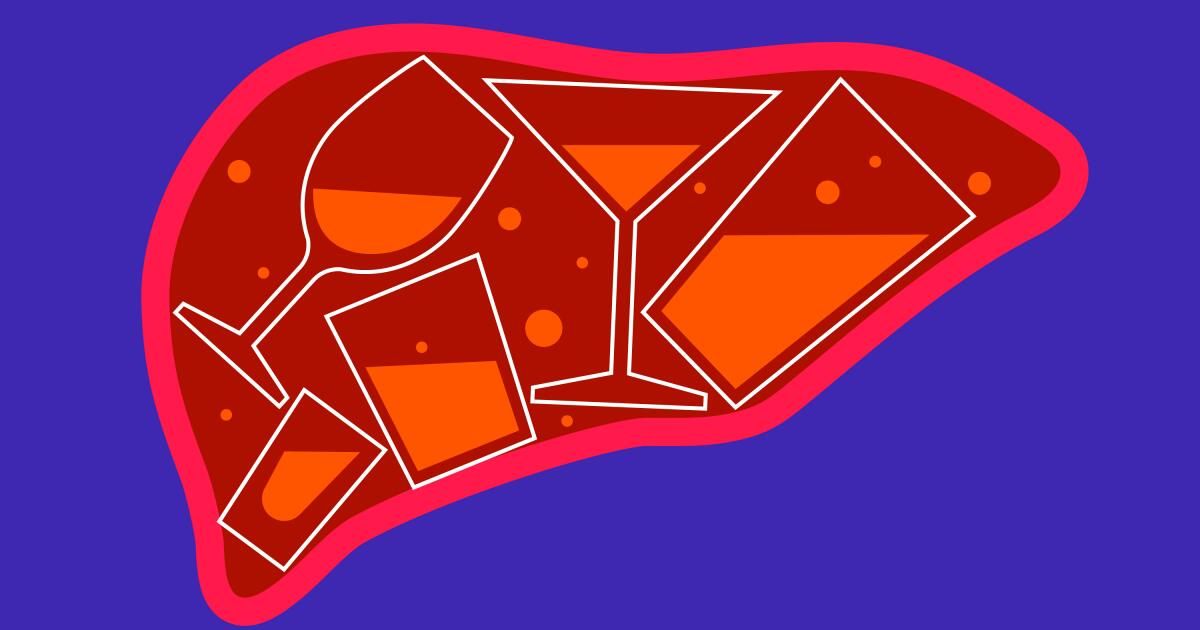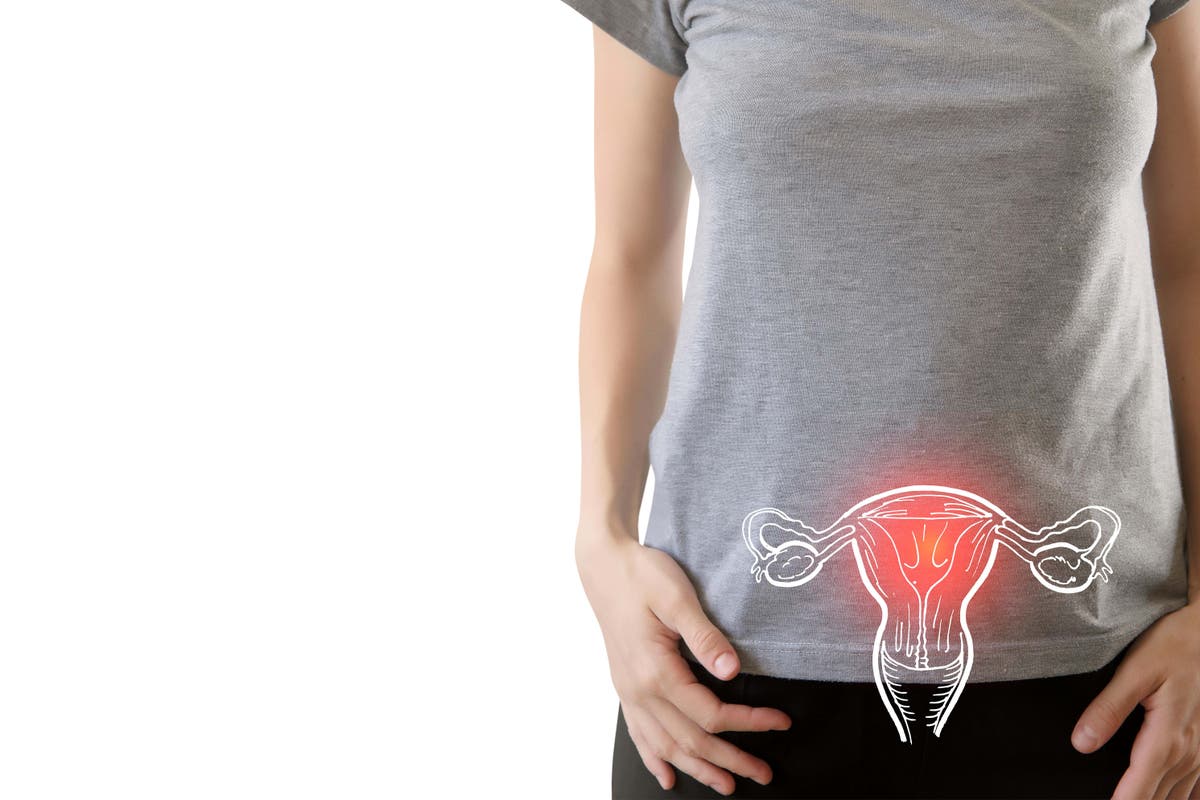Severe liver disease is becoming more common among Americans who drink strongly, according to a new Keck Medicine of USC study.
It is not that more people are partying with alcohol. And it is not that drinkers take more drinks. It is that more of the people who drink regularly get sick.
In the last two decades, the participation of heavy drinkers who have advanced liver scars increased from 1.8% to 4.3%. For women, more than 1.5 drinks per night, on average, is considered a heavy drink. For men, there are 2 drinks.
“The fact that the risk not only increased, but doubled more than duplicate, almost tripled, is really surprising,” said Dr. Brian P. Lee, a specialist in liver transplants at Keck Medicine of USC and principal author in the study.
It was published in Clinical Gastroenterology and Hepatology magazine on Wednesday. Lee said he believes that patients could drastically change their thinking and behavior if they had this information.
The increase in the disease was especially observed in women, older people and those with conditions such as obesity or diabetes.
Three USC researchers analyzed national health data of more than 44,000 adults surveyed between 1999 and 2020 in a well -known Heath National Study known as Nhanes. Of these, 2,474 were heavy heavy according to the definition of the National Institute of Alcohol and Alcoholism: 20 grams of alcohol per day for women and 30 grams for men, approximately the equivalent of 1.5 and 2 drinks.
They found an increase of more than double in both decades in significant liver fibrosis, a condition in which healthy liver tissue is replaced by rigid and fibrous tissue, such as a sponge hardening in leather. If left without control, this can eventually lead to liver failure or cancer.
In comparison, non -heavy drinkers saw a much lower increase, from 0.8% to 1.4% during the same period.
This increase in liver damage is especially worrying because many people do not realize that nothing is wrong until the disease progresses. “Liver disease is silent,” Lee said. “Most people don't, even if they have [advanced liver scarring]It has some symptom at all. “
Drinking patterns did not change much during the study period. But the health profiles of heavy drinkers did it. Metabolic syndrome rates, a group of conditions that include obesity, diabetes and high blood pressure, increased from 26% of people to almost 38%. Demography also changed: heavy drinkers became more likely to be women, people over 45 years old and those living in poverty.
“We are showing with this study that the image of the American drinker is changing dramatically,” Lee said. “You have more women who are drinking a lot, more ethnic minorities that drink strongly, and these are groups that are known to have a greater sensitivity to alcohol when causing liver damage.”
Other factors may also be at stake, said Dr. Sammy Saab, medical director of the Pfleger Hiver Institute of UCLA, who did not participate in the study. People could consume different types of drinks, or at different times. “Have we moved away from beer, wine, hard cocktails? Have we moved to drink with food, where food absorbs part of the alcohol they consume, instead of drinking without food where alcohol is better absorbed?” Saab asked.
Then there are cultural changes, he said. “In the old days, if you drink, you would still have to drive home, but now we have Uber, we have Lyft,” he said, which can eliminate some dissuasive elements for excessive alcohol consumption.
The current definition of excessive consumption of alcohol consumption in the US. Uu. It can be too indulgent, said Lee, especially compared to evolving global standards. Canada, for example, now advises no more than two drinks per week to minimize health risks.
“In the US, at this time, we consider that the heavy drink is eight drinks or more per week for women and 15 or more for men, but that is quite high,” he said. “We have demonstrated in previous studies that it can develop liver disease to lower amounts than the threshold of the United States.”
The studies of the study highlight the need to rethink the long data cases about alcohol -related liver disease, and read that it can be used to develop more effective detection methods for early detection.
The document raises many good questions, said Saab, which serves as a call to action so that researchers and doctors better understand this increase in alcohol -associated liver disease, and how to stop it.












